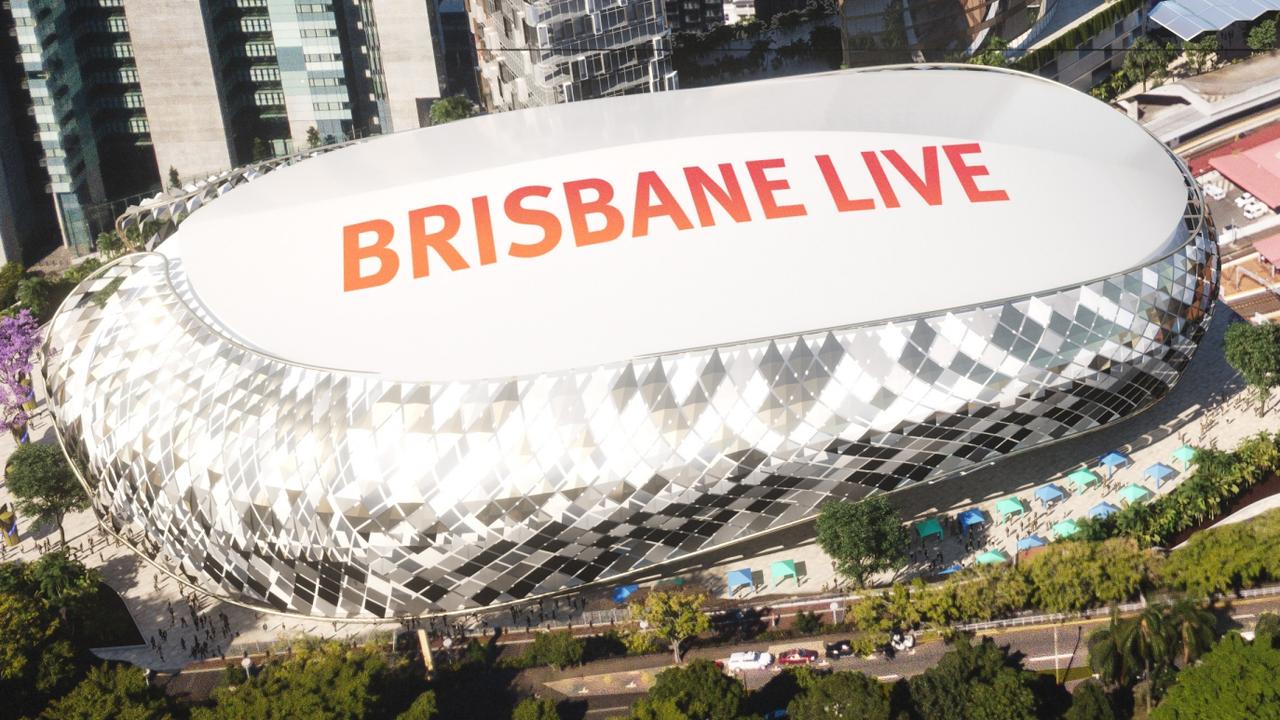Future Brisbane: Transurban’s Sue Johnson on SEQ transport priorities
Vehicles are already changing and our road networks need to adapt and evolve ahead of and beyond the Brisbane 2032 Games, writes Transurban’s Sue Johnson.
Future QLD
Don't miss out on the headlines from Future QLD. Followed categories will be added to My News.
We’ve all heard the saying: you never get a second chance to make a first impression.
South East Queensland, take note – our time is coming, and coming quickly.
As we power towards the 2032 Olympic and Paralympic Games, the eyes of the world will sharpen their gaze on the city of Brisbane and our surrounding regions.
Brisbane 2032 Games to be the most walkable with new CBD link
Brisbane 2032: Queenslanders’ top transport priorities ahead of Games revealed
South East Qld transport ‘spine’ key to state’s future success
Since the first modern international Olympic Games in Athens in 1896, debate has raged around who has done it best. The competition to construct world-class stadiums, deliver safe and efficient transport infrastructure and endear the host city to the world through its attractions and natural beauty has always been hotly contested.
2032 may be a decade away but – as with everything successful – it’s all in the preparation.
And we not only need to prepare our city for the world stage, but for the significant population growth that’s heading our way.
SEQ’s population is expected to reach around 4.6 million by 2032, and hover around 5 million by 2041. That’s an additional 1.2 million people calling this region home.
In 2032, over one million international and domestic athletes and visitors are expected to converge on Games venues right across SEQ.

Along with the incredible venues and hospitality our region will present, we need to make sure our guests – along with our own local residents and businesses – can move around our region with ease and reliability. And that means having best-in-class transportation options that work together seamlessly from motorways and public transport, through to active transport networks.
We’re looking at the biggest pipeline of potential projects in years. And integrating all modes of transportation will be critical to meeting the challenges we face as we head towards 2032. As we all know, major infrastructure takes time to develop and build. It requires collaboration between all levels of government as well as the private sector, who are working to the same end goals.
It needs pragmatic and long-term thinking but also thinking that is open and nimble enough to consider sophisticated transport technologies that could offer greater convenience and connectivity options to keep our city moving.
We anticipate electric vehicles will play a huge role by 2032 and connected and autonomous vehicle (CAV) technology will also be emerging. Vehicles are already changing, and our road networks need to adapt and evolve. Our customers are embracing ride sharing and we expect this to play a greater role, particularly as Mobility as a Service, or MaaS, gains momentum.
Technology is already at the heart of our operations at Transurban as we create quicker, safer journeys for the 400,000-plus motorists who use our roads in SEQ every day. We are currently building a new state-of-the-art traffic control room, which, when completed will be able to detect and respond to incidents even quicker by using cutting-edge artificial intelligence technology.
Our roads are some of the most sophisticated in the world. Equipped with thousands of pieces of innovative on-road technologies such as electronic speed signs, variable message signs, vehicle detectors and CCTV cameras, these technologies work together to create a ‘managed motorway’ system, helping to keep the roads free-flowing. We’re also designing roads that will ‘talk’ to the cars of the future, providing vital information about what’s happening around them and ahead, beyond the range of their own sensors.
Our vision for future transport in SEQ has all modes of transport working together to produce a truly integrated network so people can get where they want to go quickly and safely.
If we all work together we can ensure we make a first impression that benefits our region for decades to come.
In 2032, it’s SEQ’s time to create a new gold standard.
Sue Johnson is Group Executive at Transurban Queensland


